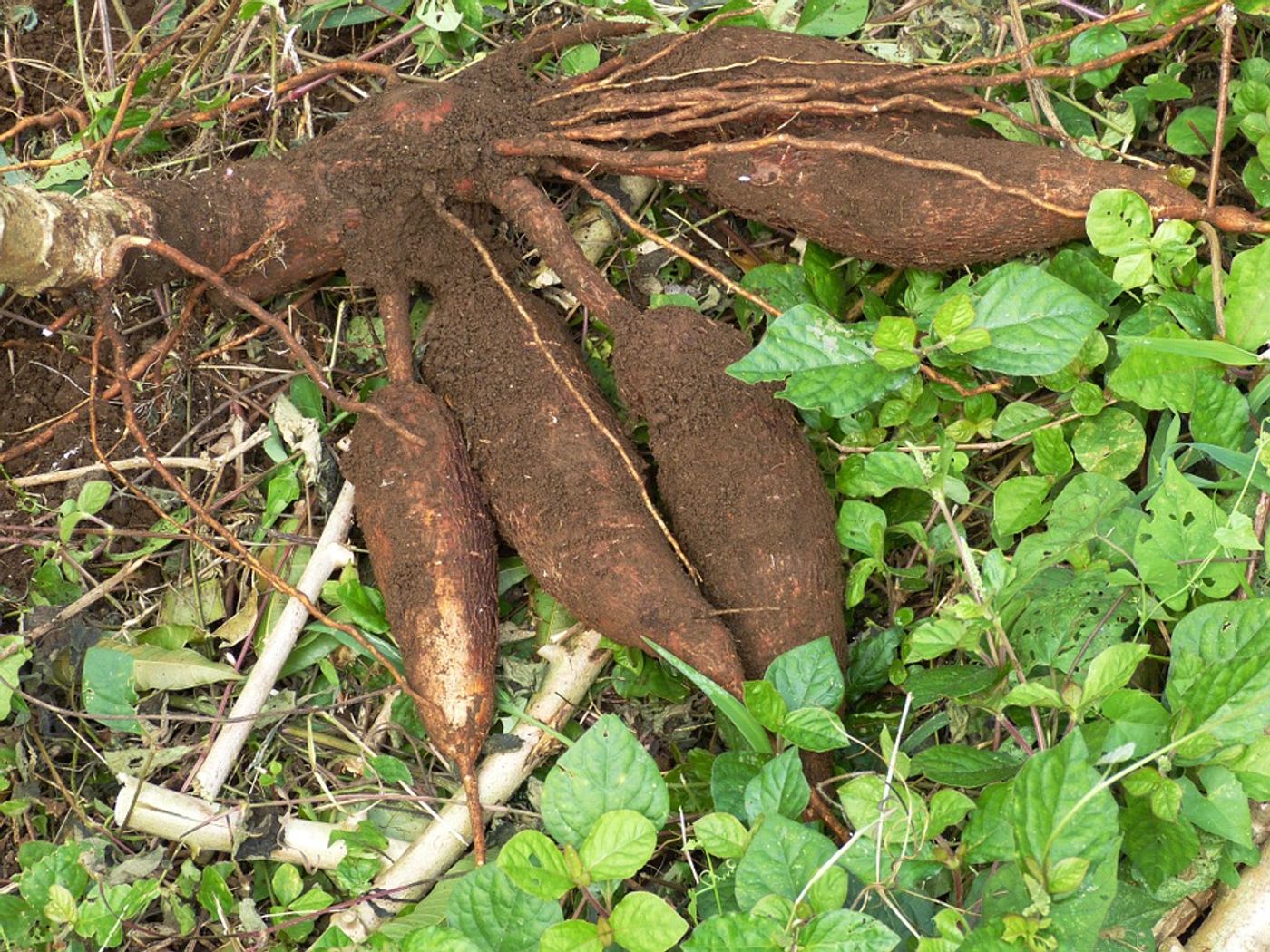Efforts to Create Virus-resistant Cassava Plants Backfire
Scientists developed the CRISPR/Cas9 gene-editing technology only a few years ago, and as it's used in more applications, potential drawbacks to the tool are being revealed. In the cassava plant, the editing technology has enabled researchers to engineer a cassava plant that produces a starch that is in high demand. However, recent efforts to create a cassava plant that is resistant to viruses had serious unintended consequences; the researchers generate mutated viruses instead, which propagated in the laboratory. The research, by plant biologists at the University of Alberta, the University of Liege in Belgium, and the Swiss Federal Institute of Technology has been reported in Genome Biology.
Cassava is a vegetable with a starchy root that is an important food crop in tropical regions. Around one billion people in Africa, Asia, and South America are thought to consume it as a primary source of calories every day. One problem for the crop is cassava mosaic disease, which destroys about twenty percent of cassava.
In this work, the researchers set out to make plants resistant to the effects of the disease; they wanted to use CRISPR/Cas9 to engineer plants that could cut the mosaic virus DNA. But the tool can have unintended effects on the cells where it is used, and in this case, those effects went beyond the plant genome.
"We concluded that because this technology both creates a selection pressure on the viruses to evolve more quickly and also provides the viruses a means to evolve, it resulted in a virus mutant that is resistant to our interventions," explained Devang Mehta, a postdoctoral fellow in the Department of Biological Sciences.
To learn what had gone wrong, the team collected viruses from the engineered plants and sequenced the viral genomes.
"We discovered that the pressure that CRISPR/Cas9 applied to the virus probably encouraged it to evolve in a way that increased resistance to intervention," said Mehta. Mehta added that these effects wouldn’t typically be seen when CRISPR is applied to food and agriculture products. But the work shows that it is important to sequence the entire genome of plants that have been genetically modified, and potentially their transcriptome as well. Learn more about how CRISPR/Cas9 has been safely applied to the cassava plant to generate a different starch from the video.
"We need to do more research on these types of applications of CRISPR/Cas9 technology before we proceed with field testing," said Mehta.
Sources: AAAS/Eurekalert! Via University of Alberta, ETH Zurich, Science Advances, Genome Biology









